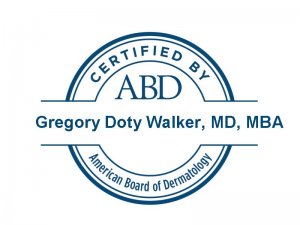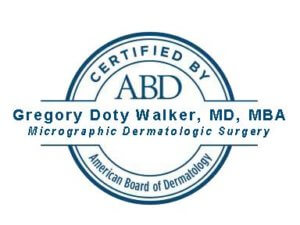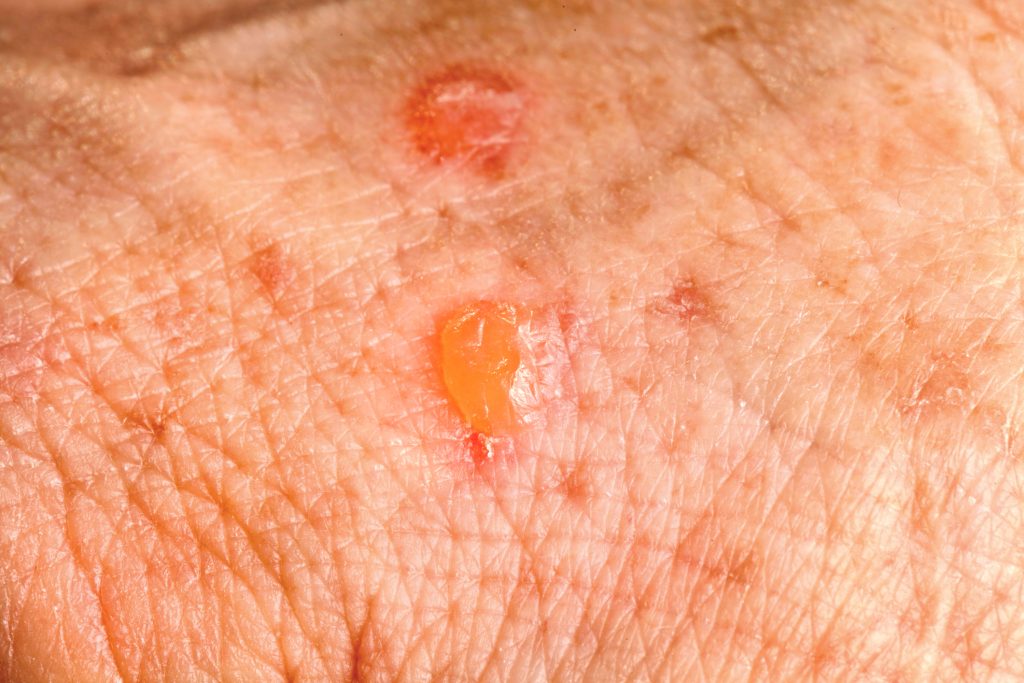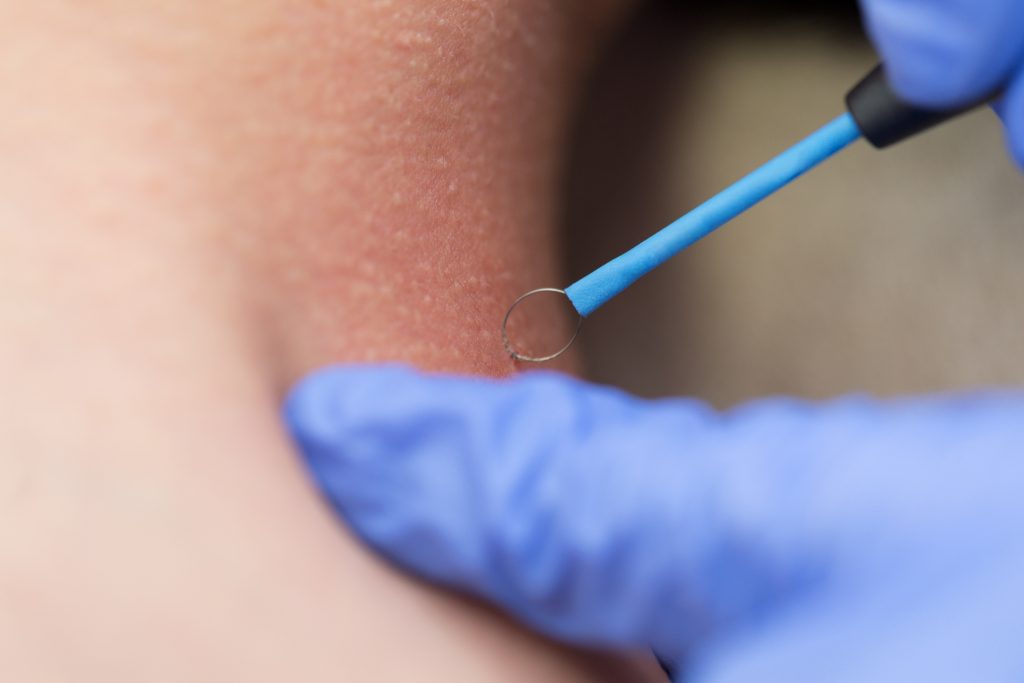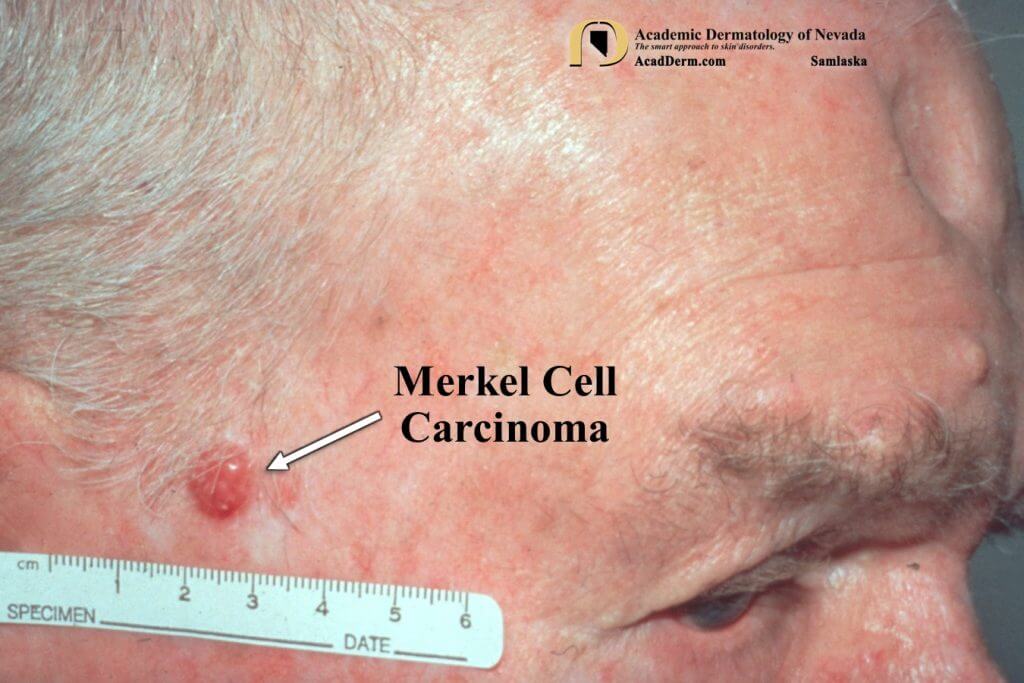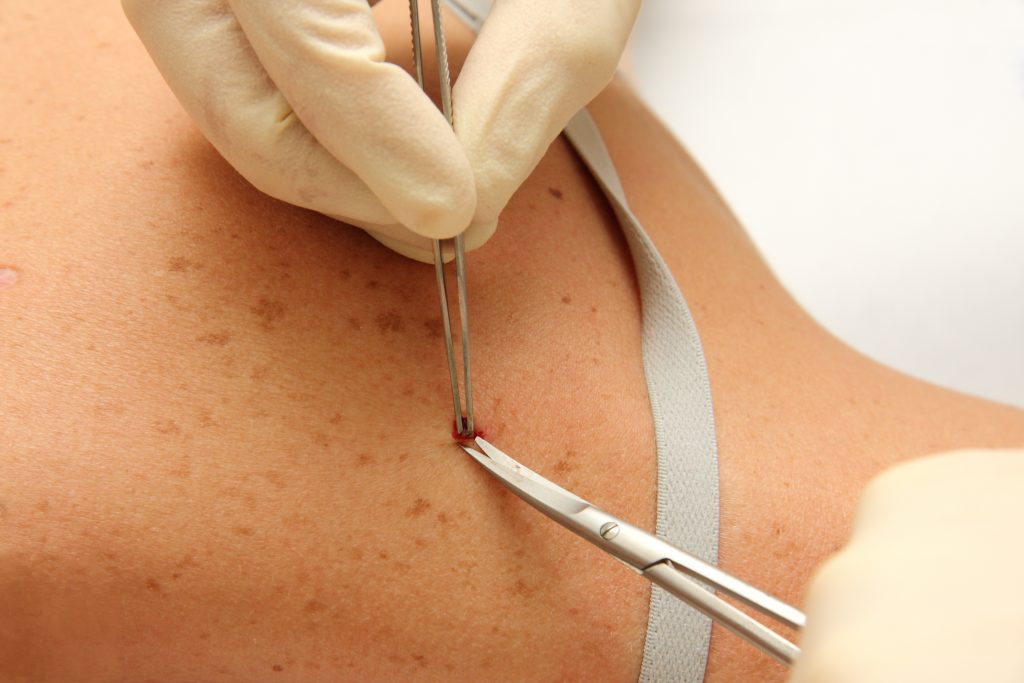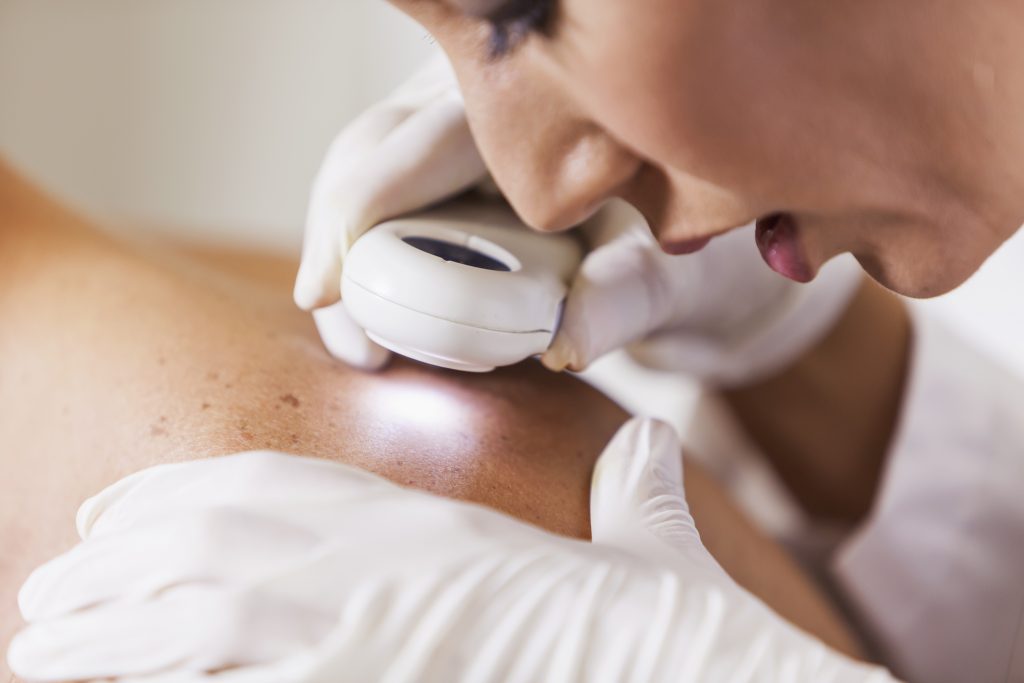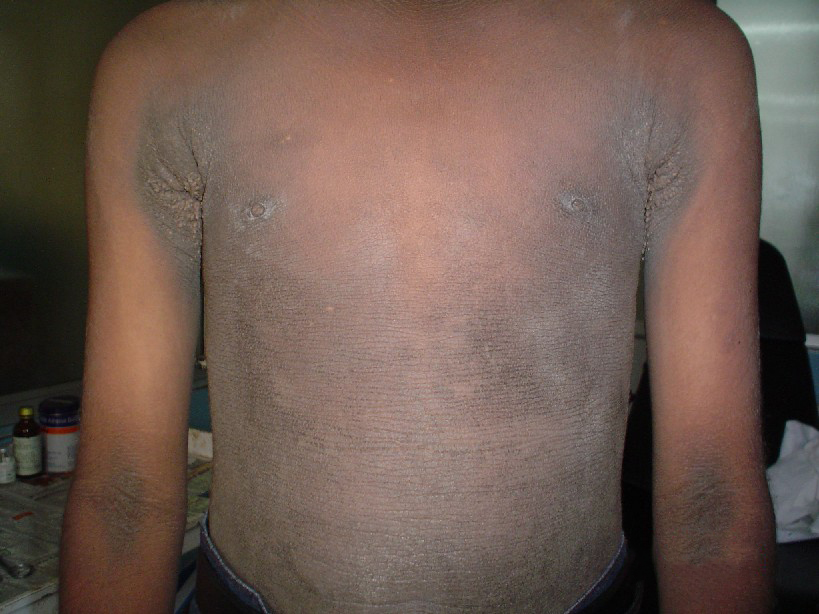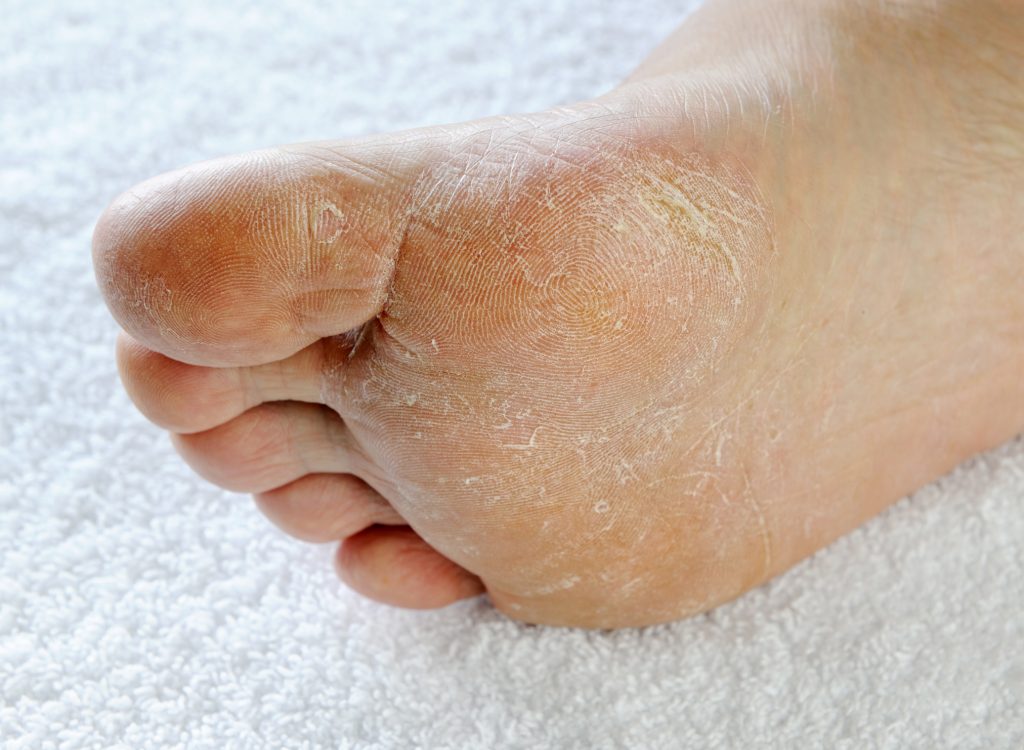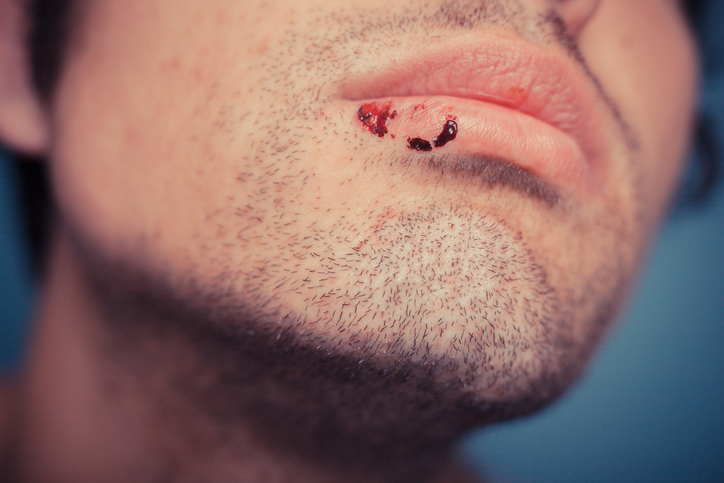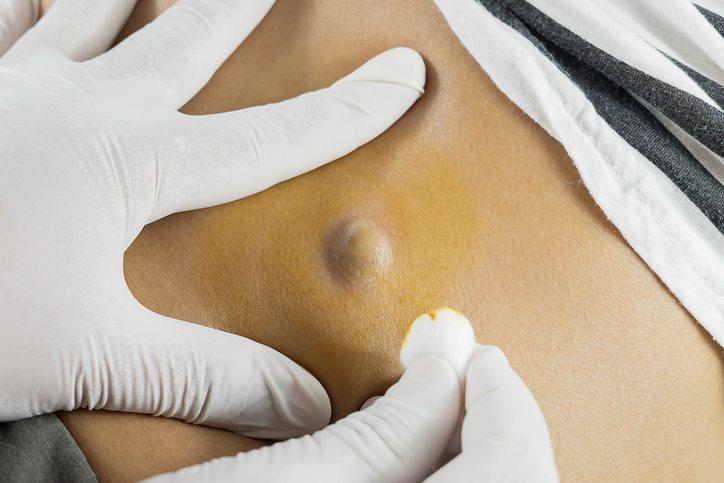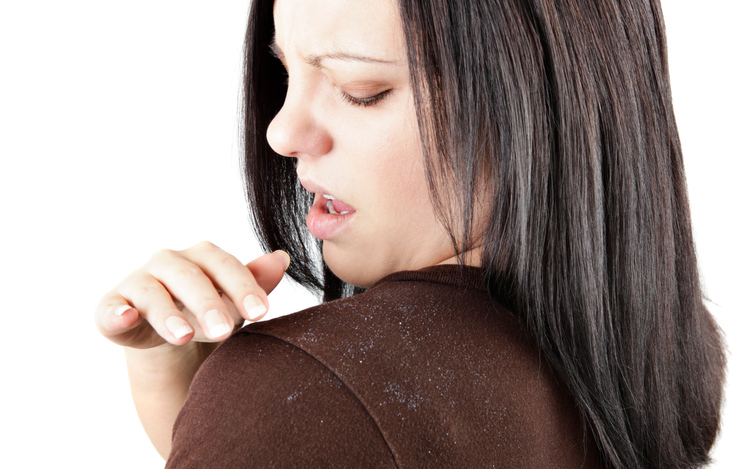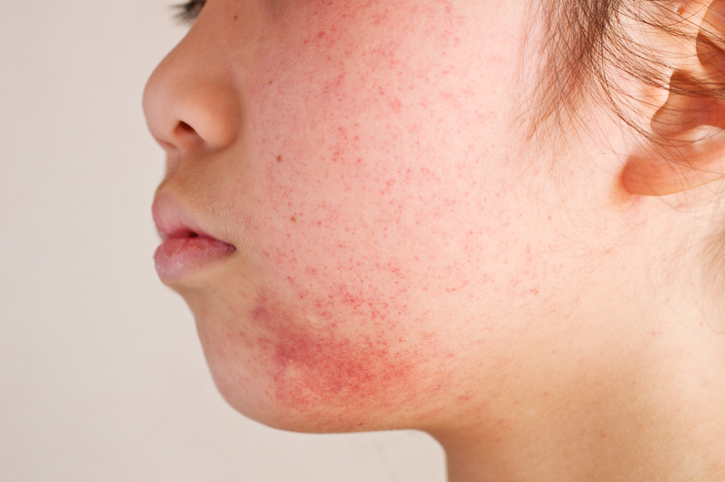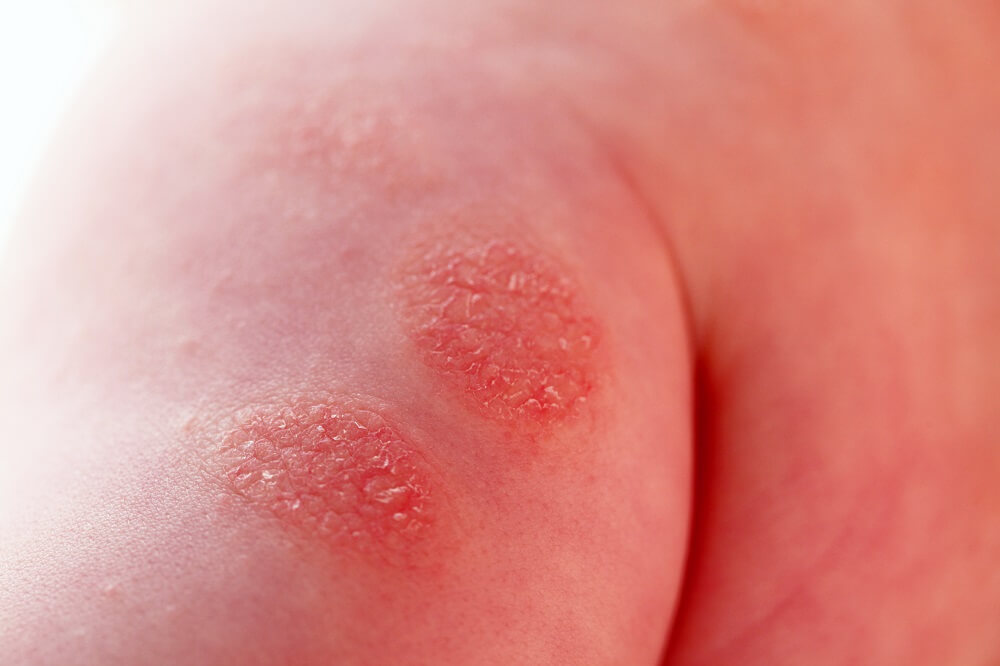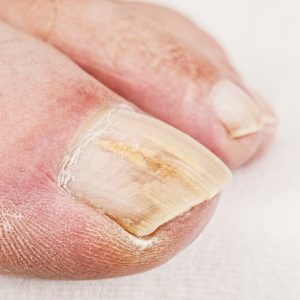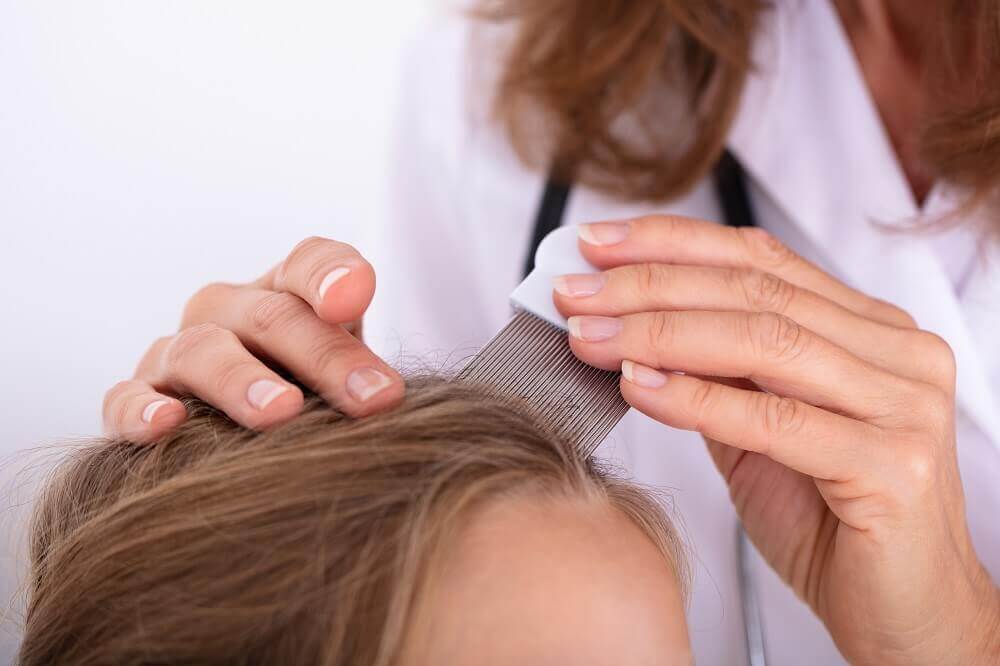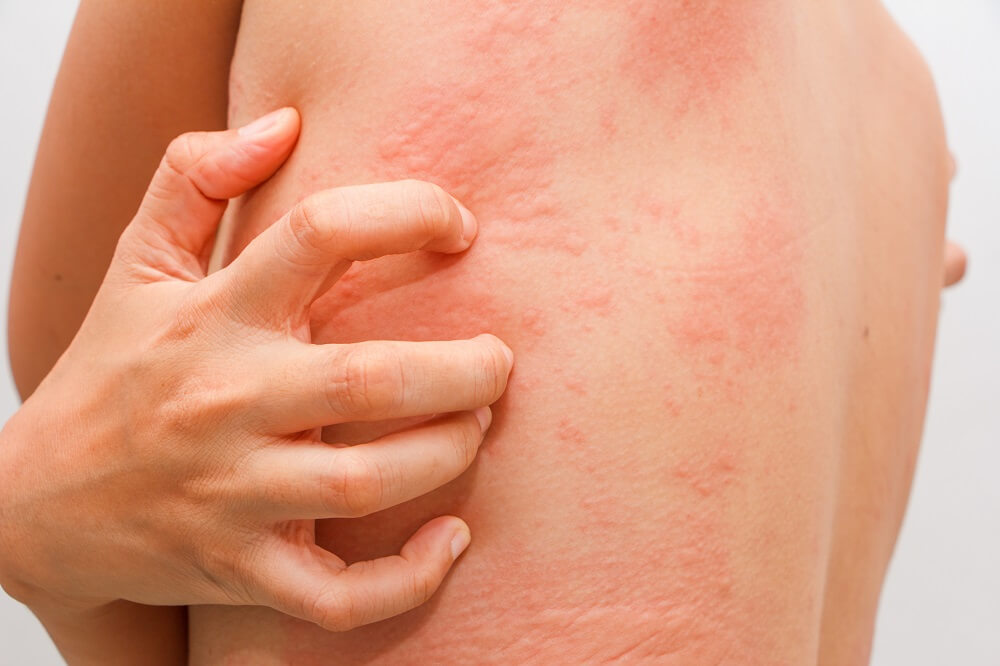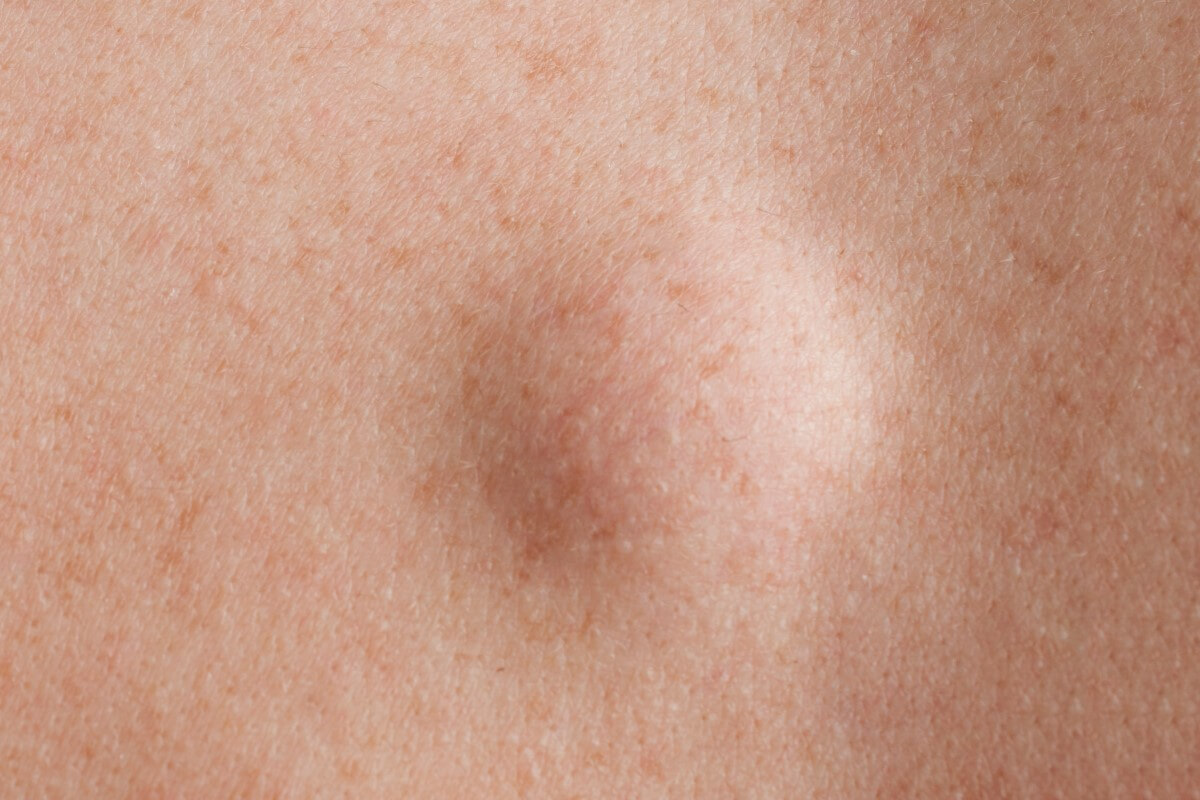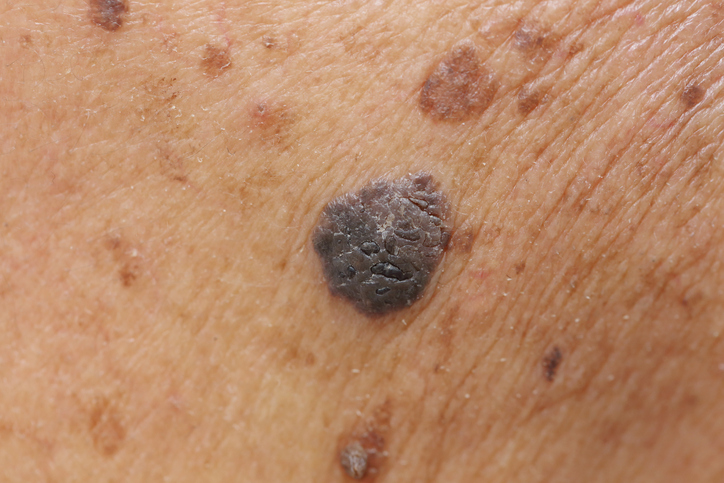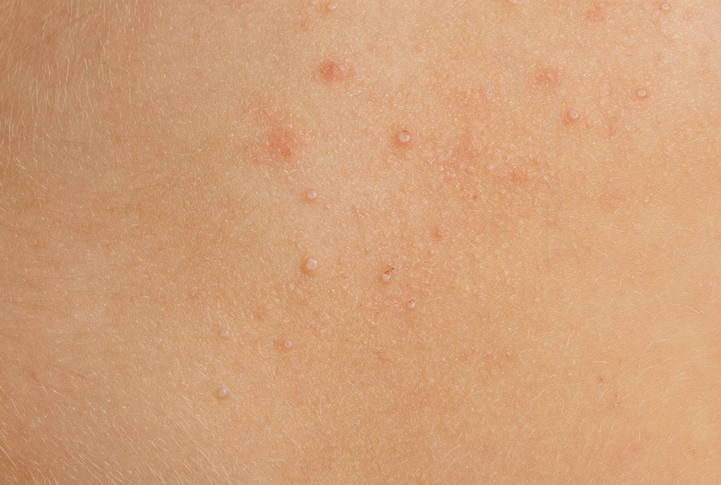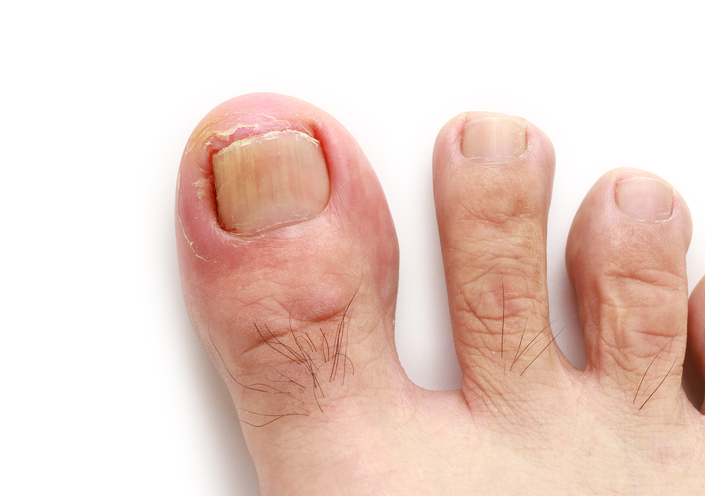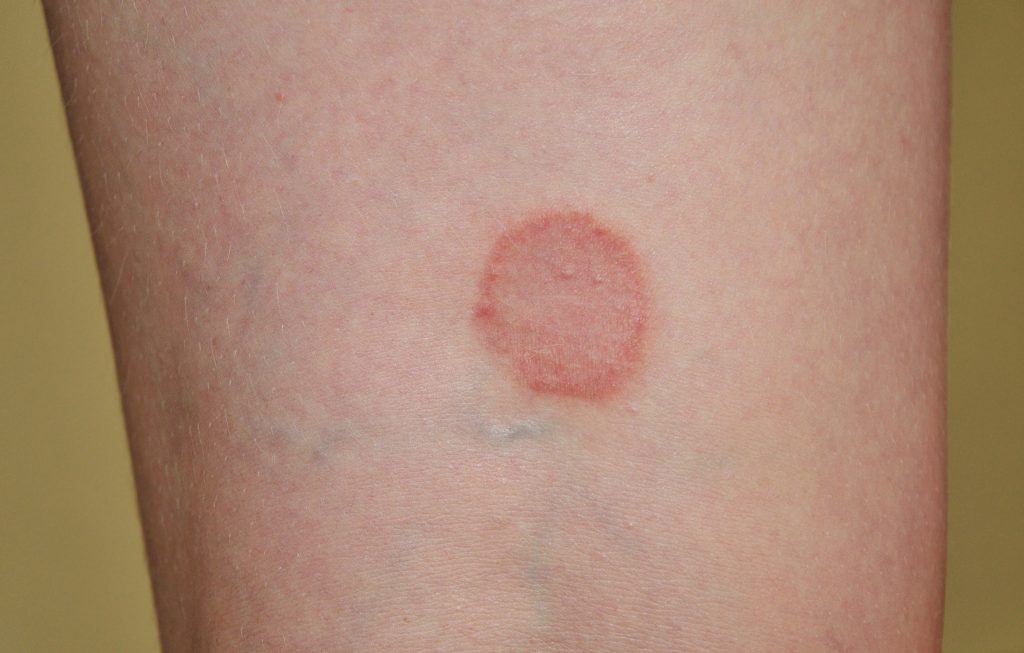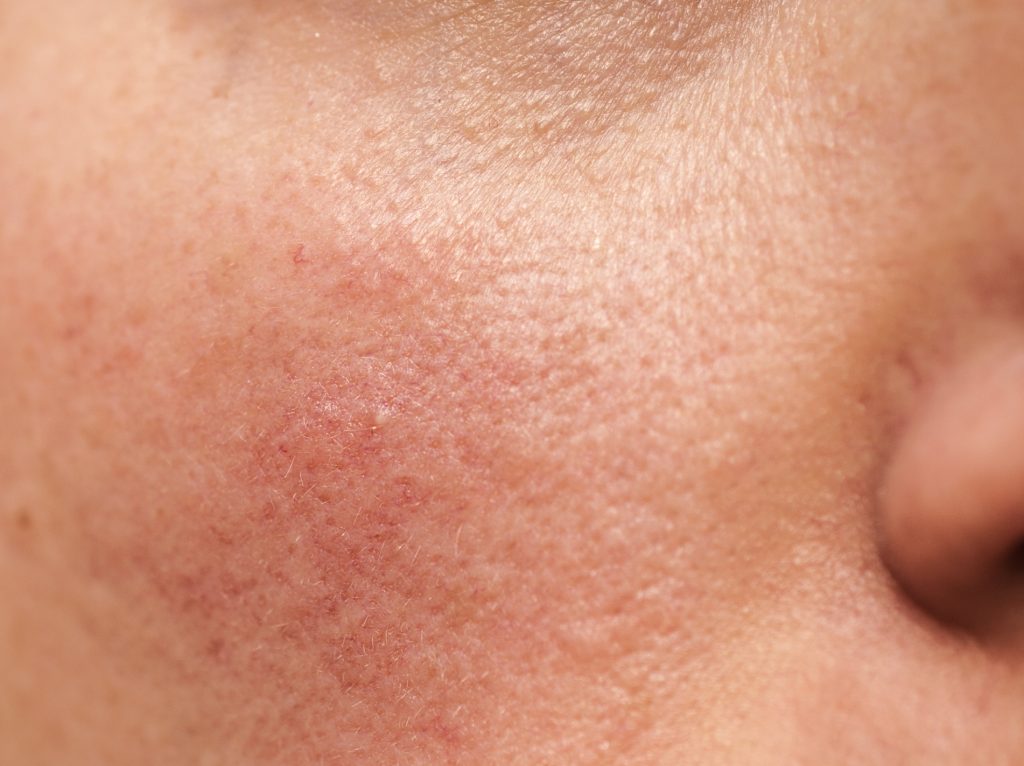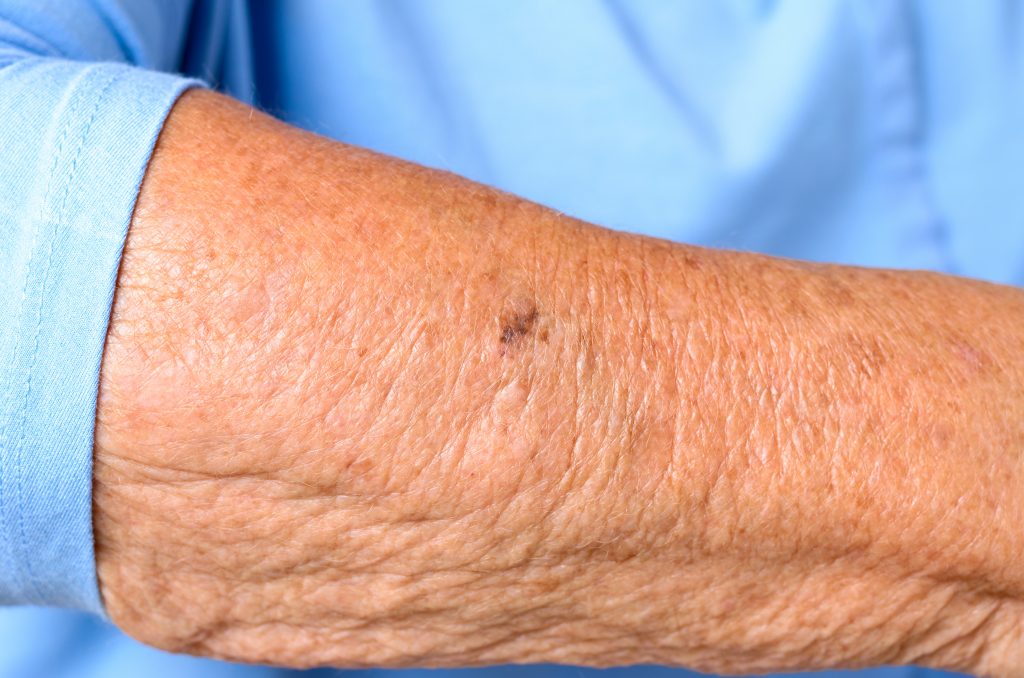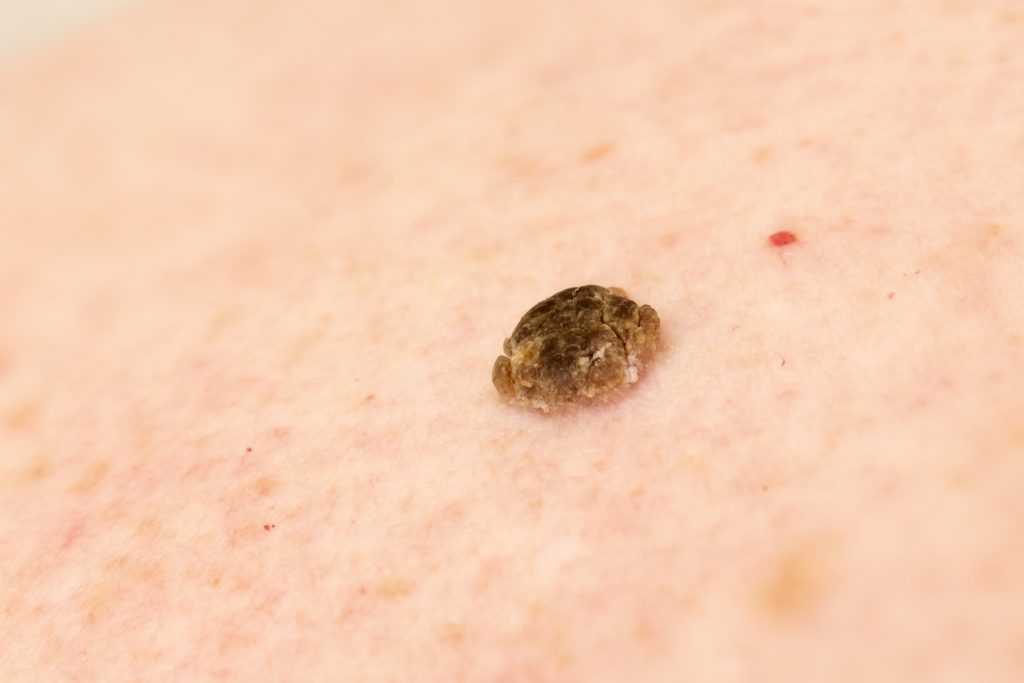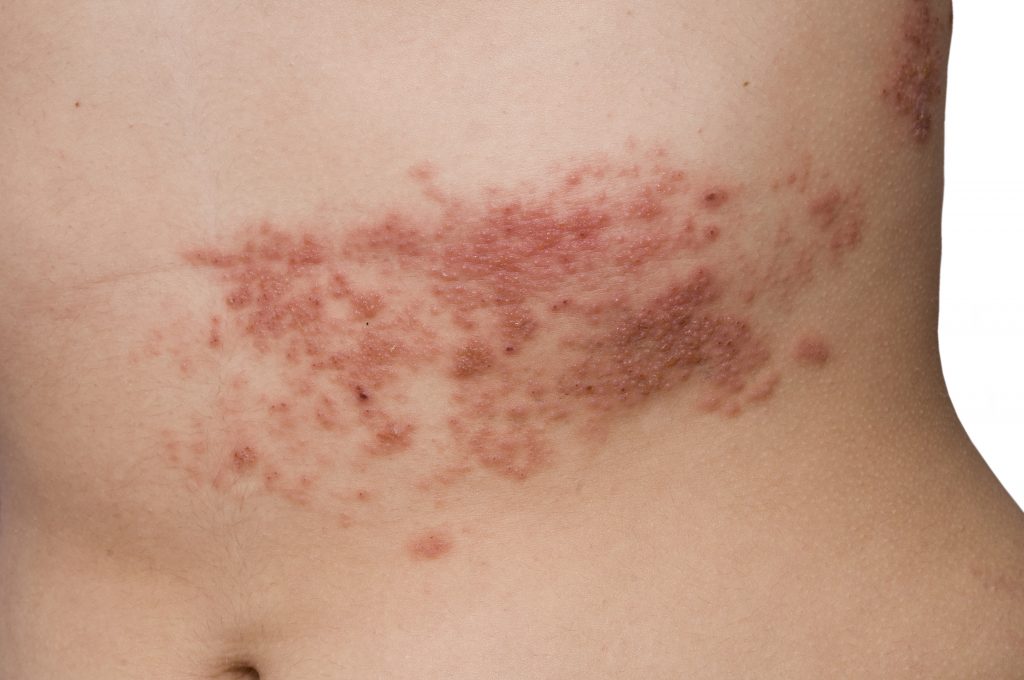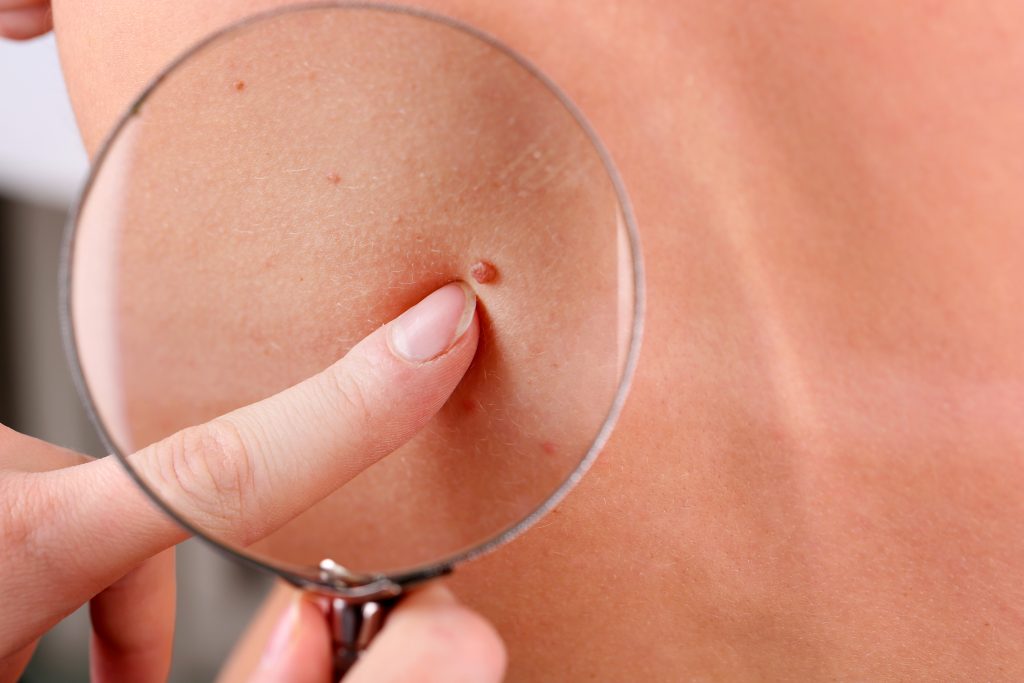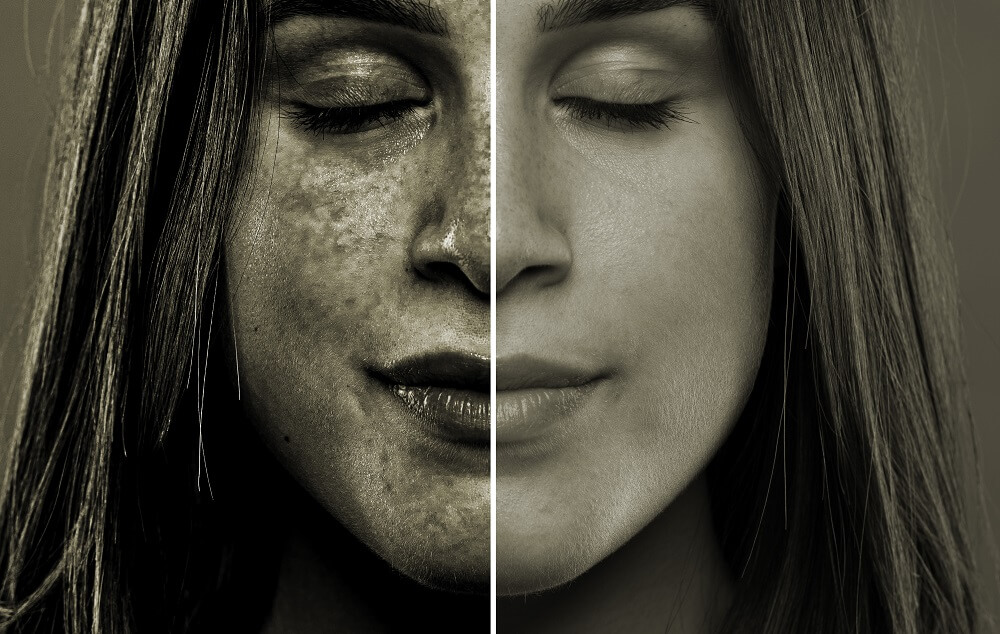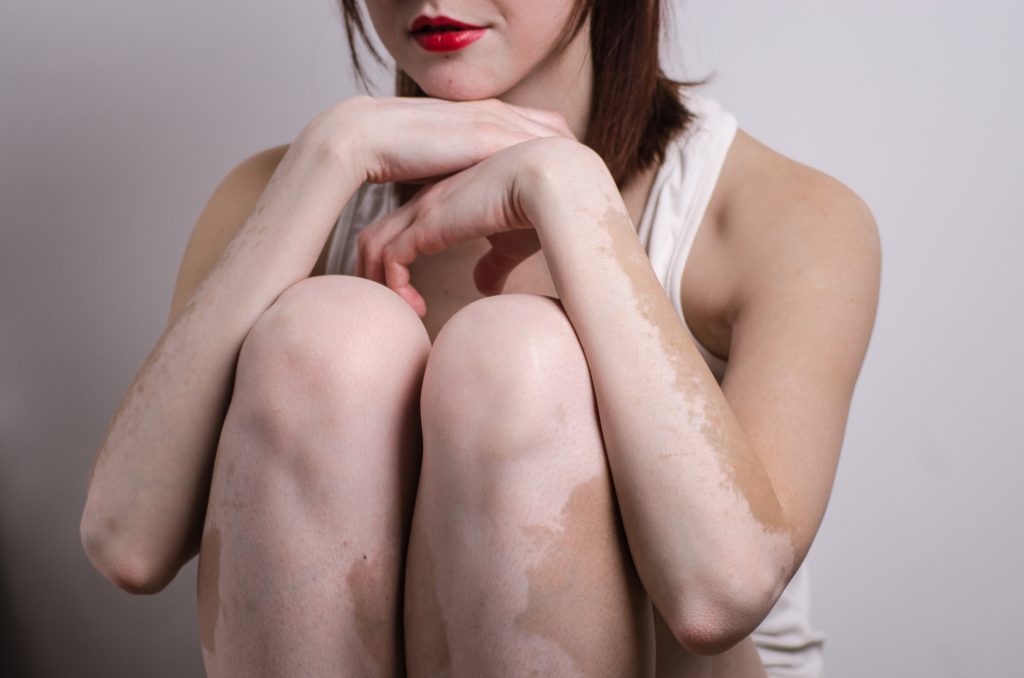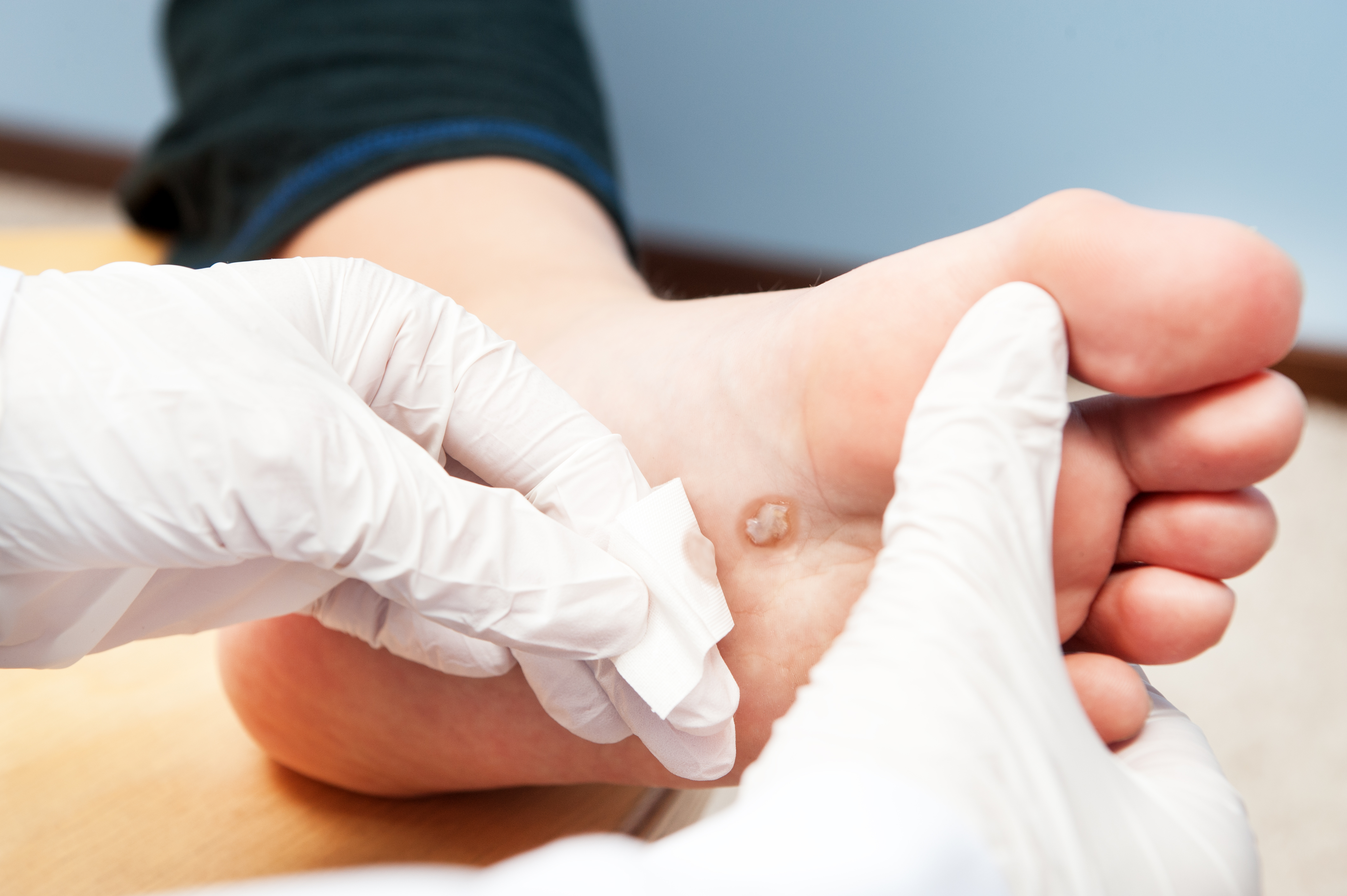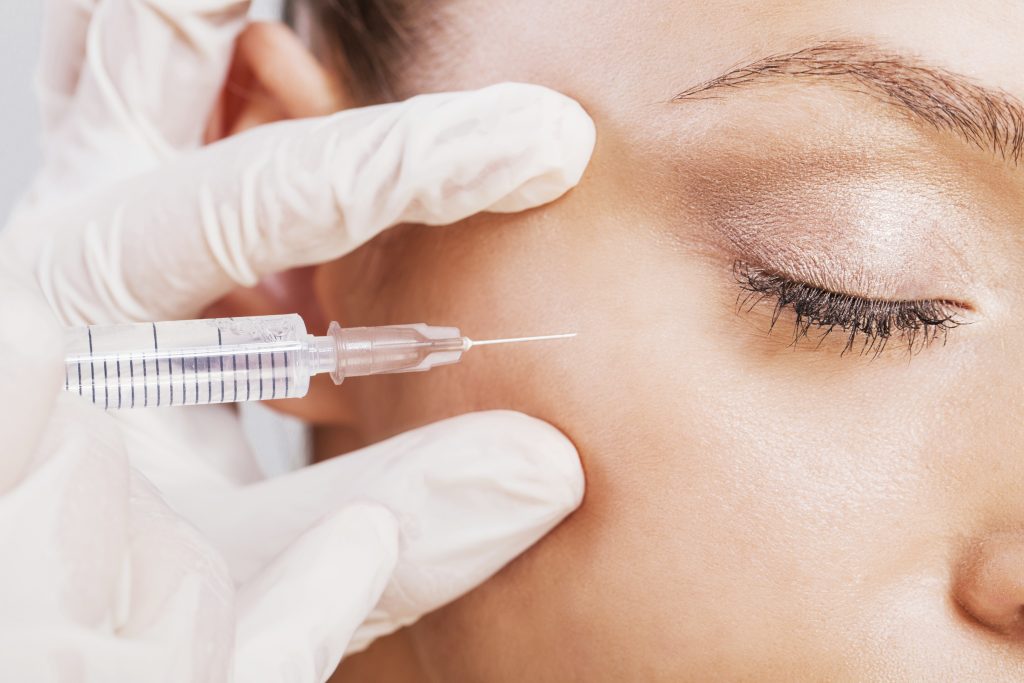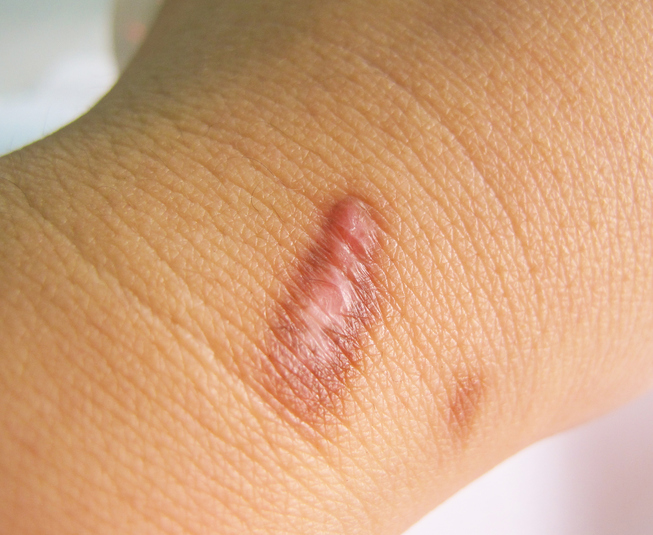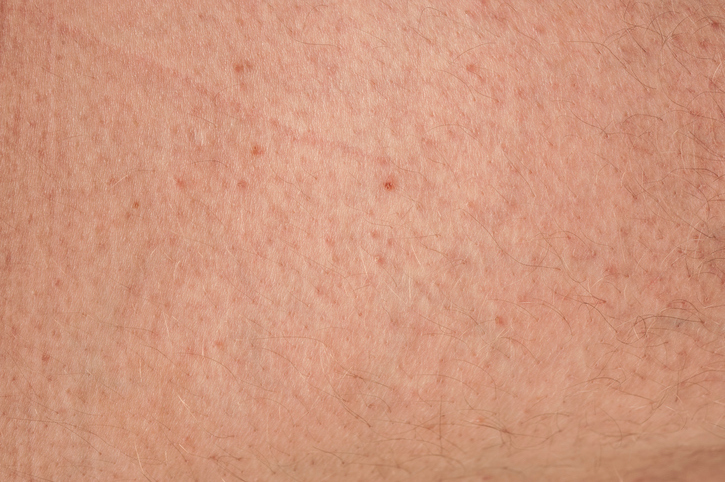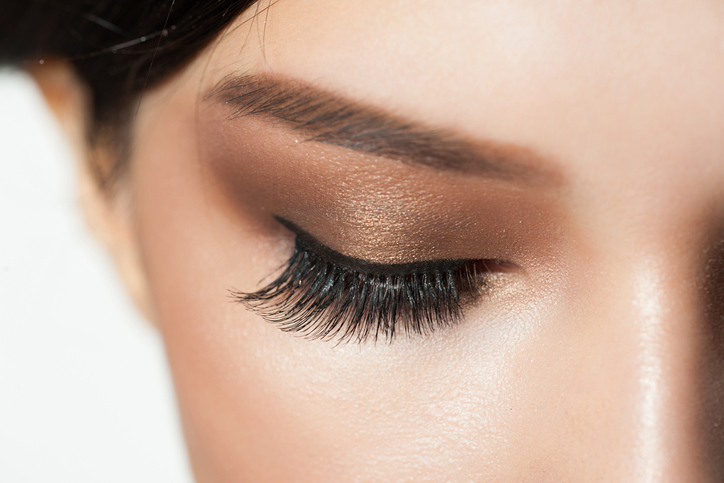Dr. Gregory Walker wasn’t born in Texas, but he got here as soon as he could! He was raised in Arizona and spent his teenage years in California. As a young man, he spent several years in Spain where he became fluent in Spanish. After meeting his beautiful wife, a native Texan, the pair began their first adventure together when they started medical school at Texas Tech University Health Sciences Center.
Dr. Walker and his wife were great study partners throughout medical school, and Dr. Walker graduated at the top of his class. Additionally, Dr. Walker received the Dean’s Recognition Award for his excellence in the art of medicine and in the care of patients. While in medical school, Dr. Walker also earned his MBA in health organization management, which has given him a better understanding of the importance of providing both high-quality and cost-effective care to patients.
Dr. Walker completed his internship at UT Dell Medical School in Austin and dermatology residency at Baylor Scott and White in Temple, Texas. He spent the final year of his training as chief resident. During residency, he took a special interest in the treatment of skin cancer, dermatologic surgery, and psoriasis.
In his spare time, Dr. Walker loves traveling to unique places, spending time outdoors at the golf course, hiking with his family and playing the piano and guitar.
The skin is the largest organ in the body, and Dr. Walker enjoys seeing the huge impact that treating the skin can have on patients and their confidence. He loves helping others feel more comfortable in their own skin. His favorite part of the job is interacting with his patients and building long-term physician-patient relationships.
Dr. Walker is a Board-Certified Dermatologist at U.S. Dermatology Partners Waco. He and his family are so excited to join the community!
Additional Languages
-
Spanish
Specialties and Affiliations
- American Board of Dermatology
- American Academy of Dermatology
Badges and Awards
Featured Articles
- Extreme UV Rays in July Could Lead to Long-Term Skin Damage, Waco Doctors Explain
- Dermatologists: Wearing a face mask may lead to skin problems
Featured Blogs
- Super Doctors® Recognizes U.S. Dermatology Partners Physicians as 2025 Rising Stars in Texas
- 42 U.S. Dermatology Partners Physicians Recognized by 2024 Super Doctors® Awards
- Super Doctors Recognizes 16 Dermatology Partners Physicians as Rising Stars in Peer-Nominated Award
- U.S. Dermatology Partners is Recognized in Best of Waco Awards 2024
- U.S. Dermatology Partners is Recognized in Heart of Texas Championship 2024
- Super Doctors 2023 Recognizes 43 U.S. Dermatology Partners Physicians in Peer-Nominated Award
- Sunburns and Your Child: The Unseen Health Risks
- Texas Monthly Super Doctors 2023 Recognizes 18 U.S. Dermatology Partners Physicians as Rising Stars in Peer-Nominated Award
- Texas Monthly Super Doctors 2022 Recognizes 14 U.S. Dermatology Partners Physicians as Rising Stars in Peer-Nominated Award
- Talking to Your Kids About Sunscreen
- What Do Liver Spots Look Like?
- How to Treat Skin Allergies
- What Does Scalp Melanoma Look Like?
- U.S. Dermatology Partners Waco Office Receives 2020 H.O.T. Reader’s Choice Award
- Sunscreen Explained: Is a Higher SPF Better?


